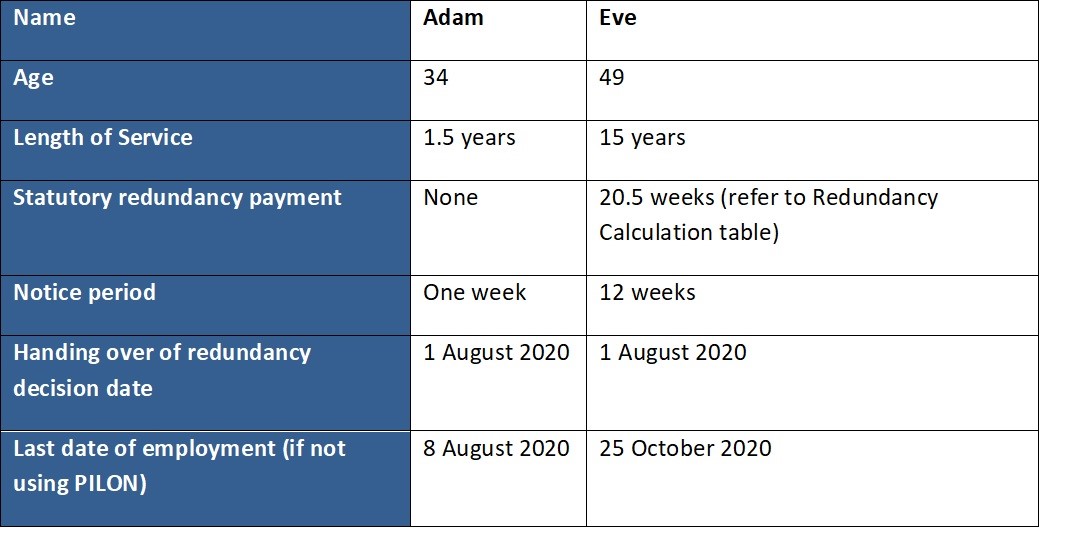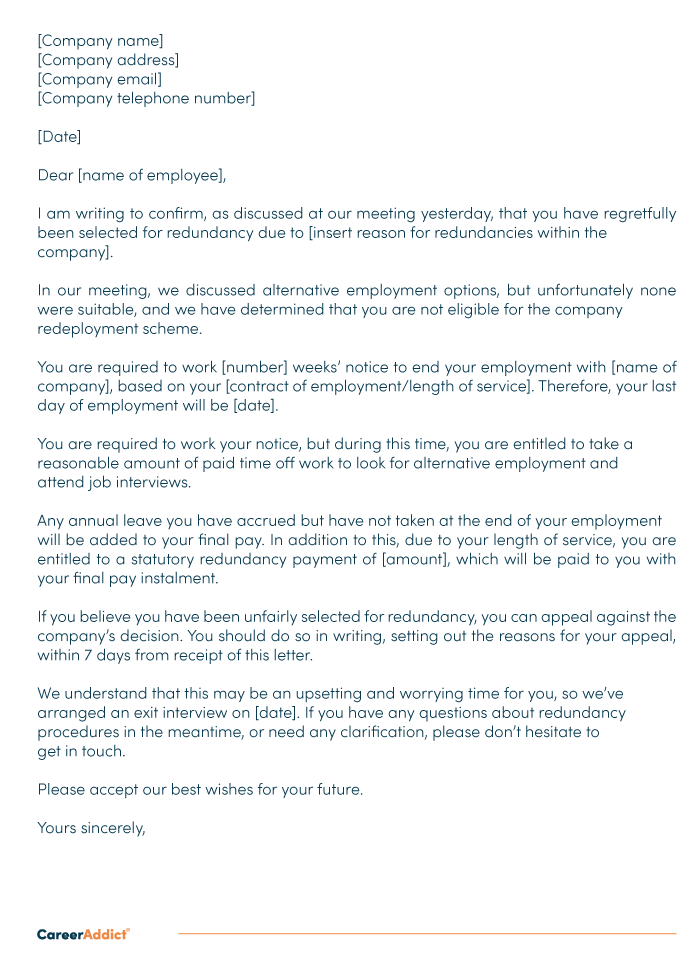Discovering the Operational Characteristics of Business Redundancy and Its Long-Term Sustainability

Redundancy Methods for Company Connection
In order to guarantee continuous procedures, organizations must implement efficient redundancy strategies for organization connection. Redundancy in this context refers to the replication of critical elements or functions within a system to alleviate the influence of potential failings. By incorporating redundancy techniques, organizations can enhance their durability versus disturbances brought on by numerous elements such as all-natural calamities, devices failings, or cyber-attacks.
One common redundancy method is the implementation of backup systems and data storage space solutions. This entails producing matches of crucial data and systems that can be activated in case of a key system failing. Furthermore, companies can establish repetitive interaction channels and source of power to maintain connection and procedures during unexpected occasions.
Additionally, cross-training workers to do several roles within the firm can work as a useful redundancy approach. If crucial workers are inaccessible due to ailment or various other reasons, this ensures that crucial jobs can still be lugged out even. On the whole, effective redundancy approaches are important for organizations to promote functional continuity and minimize the impact of prospective interruptions.
Effect of Redundancy on Organizational Resilience
Offered the essential function redundancy strategies play in making sure service continuity, discovering the effect of redundancy on organizational strength comes to be crucial for comprehending the holistic operational characteristics of a company. Redundancy, when strategically executed, can significantly add to enhancing a company's durability in the face of unforeseen difficulties.
Furthermore, redundancy can strengthen staff member morale and self-confidence, knowing that there are contingency plans in position to attend to unforeseen scenarios. This complacency can bring about raised performance and an extra positive job atmosphere. In addition, redundancy can promote technology and imagination within an organization as employees really feel encouraged to take calculated threats, recognizing that there is a safeguard to support them in situation of failing. Overall, the influence of redundancy on organizational resilience is profound, shaping the long-term sustainability and success of a company.
Stabilizing Performance and Adaptability in Redundancy
Accomplishing a harmonious balance in between operational performance and flexible adaptability is a critical obstacle in the strategic implementation of redundancy within organizations. Also much adaptability without a strong functional foundation can result in inadequacies and variance.
To stabilize efficiency and adaptability in redundancy planning, companies have to meticulously analyze their functional needs, market dynamics, and critical goals. Inevitably, discovering the right balance in between efficiency and adaptability is vital for developing a durable and sustainable organization in the face of uncertainty.
Long-Term Sustainability Via Redundancy Preparation
To make certain long-lasting practicality and security, companies must tactically align their redundancy preparation with long-lasting sustainability objectives, therefore balancing functional effectiveness with flexible versatility. Long-term sustainability via redundancy preparation includes greater than simply temporary cost-cutting procedures. It calls for an extensive calculated technique that anticipates future challenges and chances. Click Here Companies need to see redundancy not as a responsive service to prompt problems yet as an aggressive method for lasting success. By incorporating redundancy preparation with sustainability objectives, companies can develop a resistant framework that can hold up against numerous market changes and inner changes.

Aggressive Actions for Sustainable Company Operations
Exactly how can companies proactively boost their functional sustainability for lasting success? Executing proactive steps is vital for business intending to make certain lasting procedures.
Furthermore, promoting a society of continuous renovation and understanding within the company can enhance adaptability to changing market conditions and customer needs. Urging employee participation in decision-making processes and providing opportunities for professional growth can boost morale, efficiency, and general performance. Developing clear objectives, keeping track of essential performance indicators, and regularly assessing development are vital parts of proactive sustainability administration.
Teaming up Get the facts with suppliers, customers, and other stakeholders to advertise lasting techniques throughout the supply chain can produce a causal sequence of favorable effect - redundancy pay if company goes bust. By taking positive steps in the direction of functional sustainability, firms can develop durability, drive innovation, and safeguard their long-lasting success in an ever-evolving business landscape
Verdict

In the world of organizational monitoring, the tactical implementation of business redundancy stands as a pivotal yet detailed practice that necessitates a fragile equilibrium between functional effectiveness and long-lasting feasibility. By dissecting click resources the operational characteristics that underpin firm redundancy and examining its more comprehensive effects for organizational resilience and adaptability, a nuanced understanding of just how redundancy approaches can form the future trajectory of a business starts to unravel.Given the essential role redundancy strategies play in making sure business connection, exploring the effect of redundancy on business resilience becomes imperative for comprehending the holistic operational dynamics of a business. In general, the influence of redundancy on business strength is extensive, shaping the lasting sustainability and success of a business.
In conclusion, recognizing the operational dynamics of business redundancy is crucial for ensuring lasting sustainability.